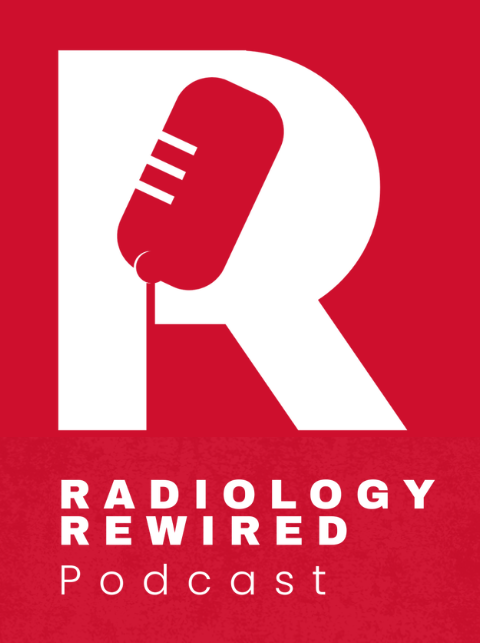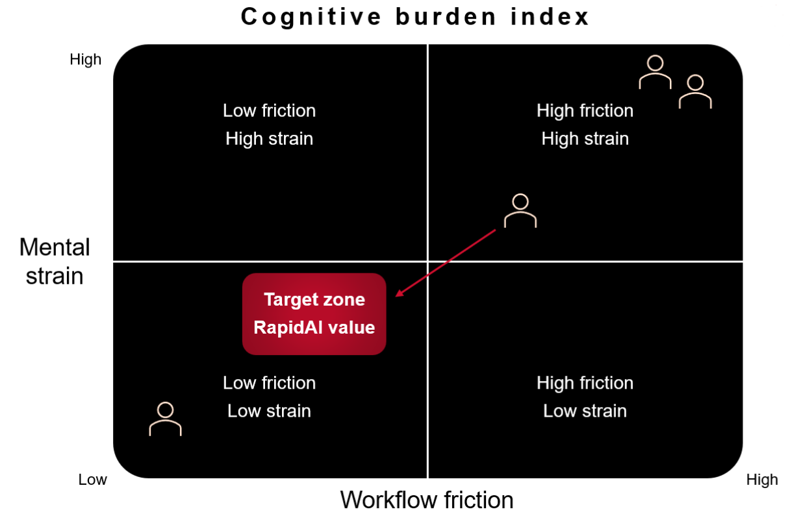A recent study my colleagues and I conducted showed that Rapid ASPECTS can help non-neuroradiologists by significantly improving their ASPECT scoring of non-contrast CT (NCCT) scans.
Our findings were published in Journal of Stroke and Cerebrovascular Diseases.
Key takeaways:
- When Rapid ASPECTS software was used, the scores assigned by non-neuroradiologists were comparable to that of expert neuroradiologists
- The software led to higher inter-reader agreement rates.
Alberta Stroke Program Early CT Score (ASPECTS) is determined by evaluating 10 pre-defined regions of the middle cerebral artery vascular territory for focal hypoattenuation. It helps physicians evaluate the severity of ischemic stroke and decide on a treatment plan.
Determining an ASPECT score and reaching consensus between readers can be challenging. Previous studies have shown that there is suboptimal agreement between readers on both total ASPECT scores as well as individual regions affected.
Rapid ASPECTS is the first and only neuroimaging device which has been shown to improve reader’s scoring under the FDA’s CADx classification.
Setting up the reference standard
Fifty patients who were diagnosed with middle cerebral artery or internal carotid occlusions and whose NCCT and follow-up MRI scans were available were included in the study.
Three expert neuroradiologists assessed NCCT scans and determined the reference standard ASPECT scores. They were directed to review the follow-up MRI scans to help optimize their ASPECT scores on baseline NCCTs.
ASPECT scoring by test readers
Test readers included 2 neuroradiologists and 6 non-neuroradiologists (2 vascular neurologists, 1 neuro-intensivist, 1 general radiologist, and 1 emergency medicine specialist) who saw stroke patients on a regular basis. Each test reader read the NCCT scans twice across two reading sessions, once with the assistance of Rapid ASPECTS software and once without. To mimic the clinical settings, they were informed of which hemisphere was affected before evaluating 80% of the scans.
With 50 cases and 10 regions, each test reader evaluated 500 regions, with and without assistance from Rapid ASPECTS. The agreement between test reader scores (with and without assistance from Rapid ASPECTS) and reference standard in these 500 regions were assessed.
Rapid ASPECTS improved agreement across readers
An agreement analysis between non-neuroradiologists’ ASPECT scores and reference standard was carried out. An agreement in 72% of the ASPECT regions was attained when Rapid ASPECTS software was not used by non-neuroradiologists. Agreement improved significantly to 78% when Rapid ASPECTS software was used. When the affected hemisphere was shared with the reader prior to reading the scan, the agreement went up to 80% with the software.
The software alone agreed with the reference standard in 77% of the regions. There was no change in the test neuroradiologists’ scores with and without the software. Their scores agreed with reference standard in 81% of the regions.
Software’s assistance benefitted the readers most when assessing insula, caudate and M2 regions.
Rapid ASPECTS can greatly assist triage decisions, especially in hospitals that do not have neuroradiologists immediately available. The software can help determine thrombectomy eligibility and whether a patient should be transferred to a comprehensive stroke center. Rapid ASPECTS can help improve consistency and agreement between readers.
.jpeg)


